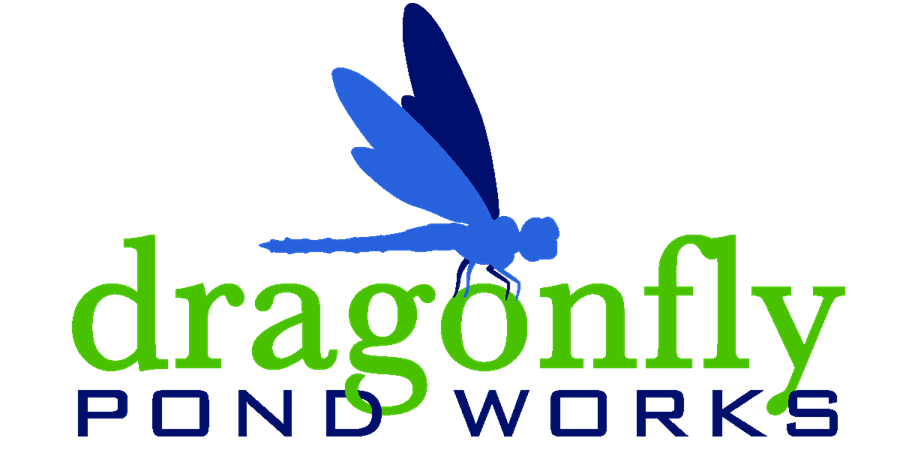Integrated Pest Management: Pond Maintenance
Integrated Pest Management: Comprehensive pond maintenance plans provided by Dragonfly Pond Works
Client Service Manager performs a water quality test. Dragonfly can provide Integrated Pest Management as part of pond maintenance plans.
Integrated Pest Management (IPM) is the practice of utilizing biological methods in lake and pond management. This practice is geared towards reducing the use of chemicals for invasive vegetation and nuisance vegetation control. IPM should be used as part of a comprehensive pond maintenance plan.
As an experienced and environmentally focused pond maintenance contractor, Dragonfly Pond Works always looks to utilize natural solutions whenever possible. Our experts will identify the health and needs of a pond when performing maintenance inspections. We will focus on using Integrated Pest Management techniques as part of a targeted pond maintenance plan.
Integrated Pest Management Tips
Here are four expert tips of ways to reduce and/or avoid chemical use.
Beneficial Plants- We utilize native plants that help control invasive vegetation and help filter pollutants. Additionally, plants provide erosion control, habitat, food, increase oxygen supply, and increase aesthetic value. A natural habitat for minnows and dragonflies is important because they aid in managing pests, such as mosquitoes.
Fish- We utilize fish, such as Triploid Grass Carp, in our integrated pest management practices. Triploid Grass Carp are recommended because their population is easily controlled and they will eat almost all submersed vegetation. They can help provide invasive vegetation control for 5-7 years.
Beneficial Bacteria- Algae feed on nutrient in ponds. Adding beneficial bacteria helps eliminate this nutrient, thus eliminating this food source. The beneficial bacteria help return the pond to a balanced ecosystem.
Aeration- Aeration is used as part of a comprehensive integrated pest management plan because it prevents stagnant water. Stagnant water can lead to algae and increased mosquito populations. Aeration keeps water moving, preventing stagnation and increasing oxygen which supports a healthy ecosystem.
Our expert tips will reduce the need for chemicals, increase the health of your pond, and increase the aesthetic value. Please contact us if you would like to learn more about how we can improve the health of your system with our integrated pest management approach.
Beneficial bacteria and aeration were two components in a comprehensive plan used to treat this retention pond.
Our Integrated Pest Management services through pond maintenance plans are available in Raleigh, Durham, Cary, Charlotte, Wilmington, North Carolina, Charleston, Columbia, Myrtle Beach, South Carolina, Atlanta, Georgia, Tampa, Orlando, Fort Myers, Naples, Sarasota, and St. Petersburg, Florida.
Learn More!
Read this case study to learn why it is always important to utilize a specialized pond maintenance contractor. Learn more about the use of fish as a biological control measure!
Subscribe to our newsletter to receive informative, engaging, and exciting news delivered right to your inbox!
Like/Follow us on Facebook, Twitter, Instagram, and LinkedIn for news, events, engaging photos, puns, giveaways, and more!


